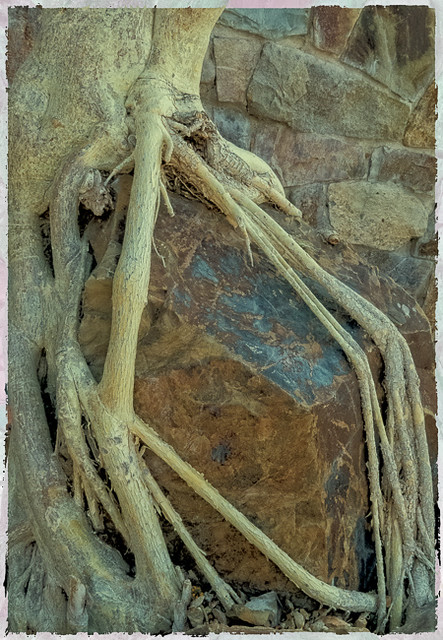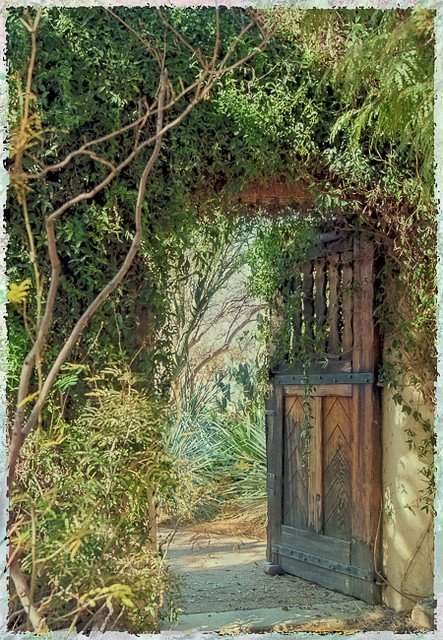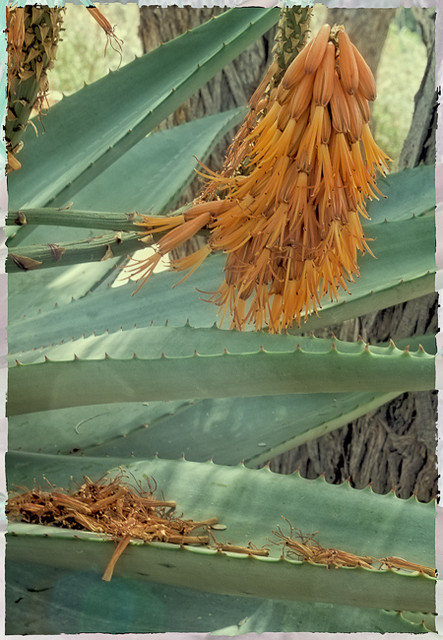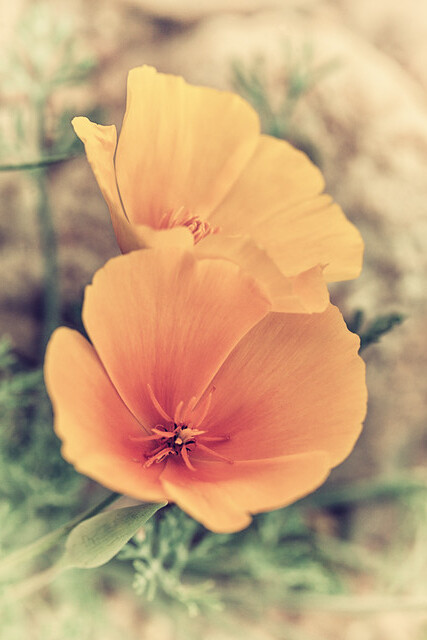Through our willingness to be the one we are, we become one with everything.
~ Gunilla Norris
Plants that live in the desert have evolved to thrive in a land of little water.
Some plants develop deep, thick roots that reach many feet into the desert soil. They use water sources that are far below the earth’s surface.
A deep root system provides other benefits as well. With strong roots, plants stay grounded and maintain a firm footing on the earth, even when buffeted by harsh desert winds and monsoonal storms. And the plants do not require rainfall to survive, they have adapted to withstand drought using adaptive, internal structures.
We are also beings on this earth. We are connected to the earth.
We require roots to stay grounded, to keep a firm footing, to survive and thrive. To take optimal care of the self, it is essential that we tend our roots — deep roots of connection that are life-sustaining.
To be rooted is perhaps the most important and least recognized need of the human soul.
~ Simone Weil
ROOTEDNESS offers questions/reflections for journal writing, art prompts, and calls to action:
- Perform a grounding ritual. Find a convenient space outside where you can actually make physical contact with the earth. Not a piece of pavement, but the earth – grassy yard, meadow, sandy beach, desert soil. Stand quietly, feel the solid earth beneath your feet. Bare feet produce great results, but wear foot covering appropriate for your environment and comfort level.
- Just as a desert plant has a core root for sustainability, we have core values that keep us firmly established, that define who we are and sustain us. Reflect on several of your values that are the essential you. How are they life-sustaining? How do these values show up in the routines of your daily life?
- My grandmother’s parents immigrated from Germany, and German was her first language. Decades later, my grandmother spoke only English, but she remembered the songs and ditties from her youth. When her children and grandchildren were young, she soothed them lullabies and children’s songs in German. I remember the feelings these melodies in an unfamiliar language evoked. They communicated a message of love and belonging. What childhood songs, rhymes, or games do you remember that rekindle a deep feeling of belonging, of rootedness?
- Connect to your inner core by doing activities you enjoyed in your youth. Did you jump rope, hula hoop or play hopscotch? Try one of these activities. Muse, draw, or write about your experience. Perhaps you’ll be inspired to add some activities from your youth to your exercise routine.
- While chalkboard chalk is becoming a thing of the past, sidewalk chalk is an easy-to-find art supply. What might you do with a box of colored chalk? The obvious — drawing pictures on sidewalks — is great fun, and since expectations are minimal, you can easily lose yourself in this expressive process. Add an uplifting message. Write a famous quote or a few lines from a favorite poem. Add an observation. The options are endless.
———————-
Bo Mackison is a photographer and owner of Seeded Earth Studio LLC. Bo is creating a deck of Desert Wisdom Cards for exploration and discovery, using photography, with a Sonoran Desert theme – its myths and stories, cultures and heritage, and the desert’s remarkable natural beauty and resources.











